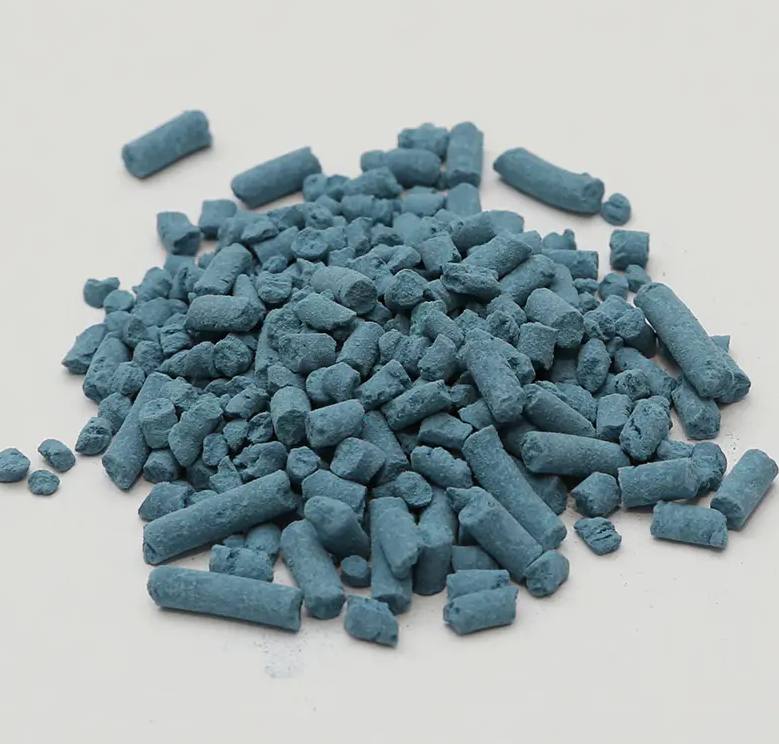Peptizing agents are chemical compounds used to facilitate the dispersion and stabilization of solid particles within liquids or to modify the flow properties of materials during manufacturing. These agents are widely used in industries like rubber, plastics, ceramics, and even paints and coatings. They offer numerous benefits, including improving material processability, enhancing product consistency, and optimizing manufacturing efficiency. This article examines the key features and benefits of peptizing agents, highlighting their role in modern material processing.
One of the primary features of peptizing agents is their ability to break down large molecules or aggregates into smaller, more manageable components. In industries like rubber and plastics, raw materials often consist of polymers or fillers that are difficult to mix uniformly. Peptizing agents help to "peptize" these materials, ensuring that the individual components are evenly distributed and dispersed throughout the medium. This is particularly important for achieving uniformity in materials like rubber compounds or plastic composites, where inconsistent dispersion can lead to defects, such as weak spots or uneven performance in the final product.
The peptizing process helps to improve the flow properties of materials, making them easier to work with during various stages of manufacturing, such as mixing, molding, or extrusion. By preventing clumping and aggregation, peptizing agents ensure that all components remain evenly distributed, reducing the risk of inconsistencies that could affect the material's quality or functionality.
Peptizing agents are also highly valued for their ability to increase process efficiency. In many manufacturing processes, such as rubber vulcanization or polymer blending, achieving a uniform and consistent mixture is critical to ensuring high-quality products. Peptizing agents help to optimize this process by reducing the time and effort required to achieve uniformity. This not only saves time during production but also reduces the energy costs associated with mixing and processing materials.
Moreover, by improving material flow and dispersion, peptizing agents allow manufacturers to use fewer additives or stabilizers, potentially lowering material costs. This contributes to more cost-effective production without compromising on product quality. Additionally, the enhanced processability provided by peptizing agents reduces the likelihood of defects and rejects, leading to fewer production errors and less waste.
In industries like ceramics, where material consistency is crucial for creating high-quality products, peptizing agents help maintain a stable suspension of ceramic particles, reducing the risk of defects such as uneven texture or cracking in the finished piece. This ensures that the final product meets both functional and aesthetic standards.
Peptizing agents are a crucial component in optimizing material processing across a variety of industries. Their ability to break down complex molecules, improve material dispersion, and enhance process efficiency makes them invaluable tools in rubber, plastics, ceramics, and other sectors. By ensuring consistent product quality, reducing production time and costs, and offering safe alternatives to other chemical treatments, peptizing agents play a key role in modern manufacturing, helping businesses meet both performance and sustainability goals.

